No products in the cart.
Return To Shop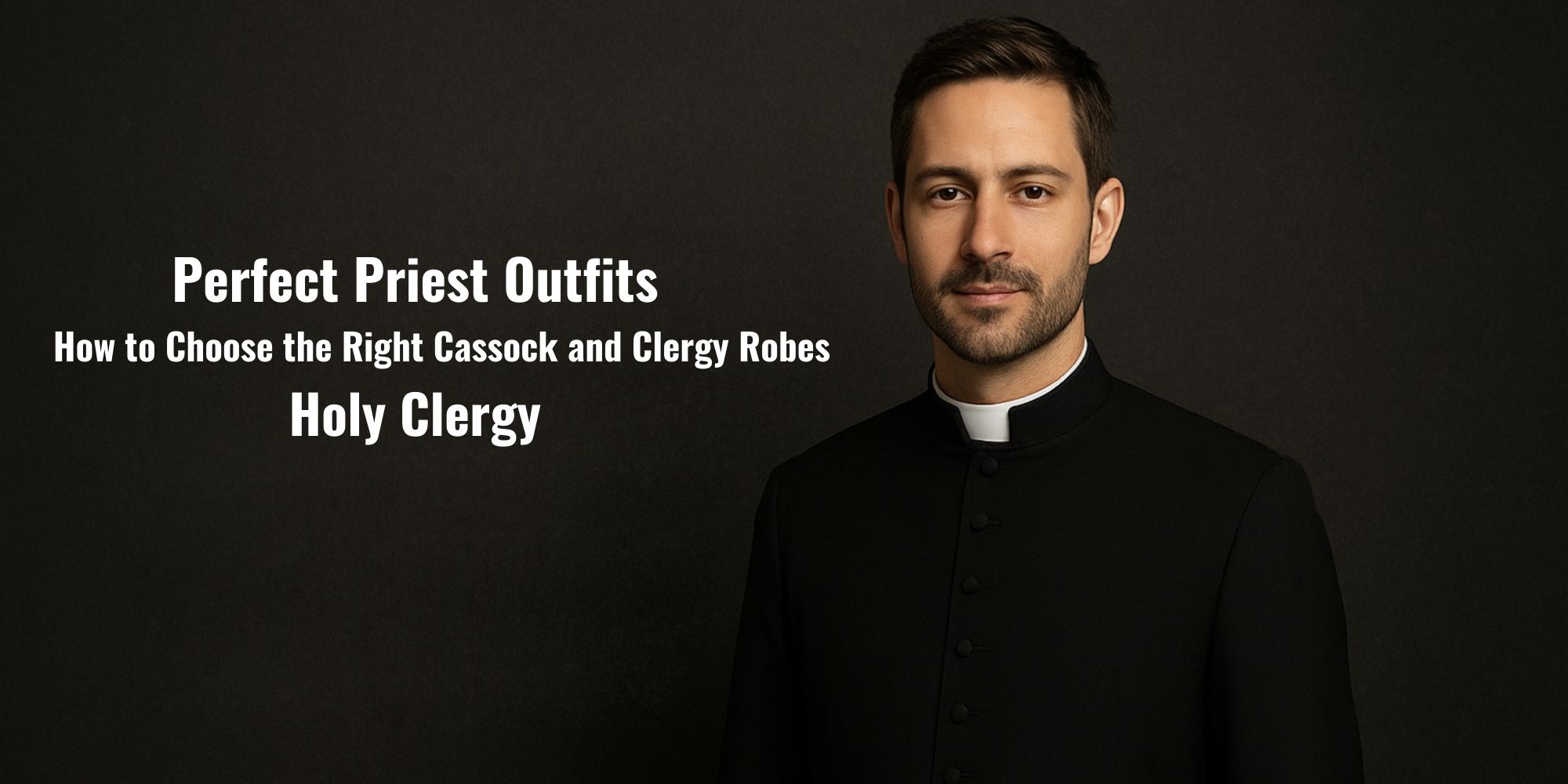
Perfect Priest Outfit: How to Choose the Right Cassock and Clergy Robes
Choosing the perfect priest outfit is both an art and a spiritual expression. The right attire reflects devotion, professionalism, and respect for religious traditions. Priest outfits are a visual declaration of faith and sacred responsibility. For clergy, selecting the right priest cassock or priest robes is essential, not only for ceremonial purposes but also to maintain confidence and presence during pastoral duties. This guide provides an in-depth look into stylish and functional Priest Outfits, covering everything from cassocks and robes to accessories and liturgical considerations. Whether you are a seasoned clergy member or newly ordained, understanding the nuances of church vesture and sacred attire ensures that your ecclesiastical clothing is both authentic and practical.
Understanding the Perfect Priest Outfit Beyond Fashion
A priest outfit represents far more than mere fashion; it embodies spiritual authority, tradition, and ceremonial significance. From priest cassocks to flowing priest robes, every piece carries historical and theological weight. Ecclesiastical clothing serves as a bridge between the sacred and the community, visually communicating the priest’s role and responsibilities.
Pastoral uniforms and holy dress are designed to convey solemnity and devotion. For example, a classic black cassock symbolizes humility and service, while ornate robes with embroidery or trims mark high liturgical occasions. These traditional garments, combined with ritual clothing such as stoles or cinctures, create a clerical ensemble that resonates with both clergy and congregation.
Selecting a priest outfit requires considering the type of service, season, and personal comfort. Ministerial wardrobe decisions balance ceremonial decorum with functional needs, such as ease of movement during sermons or processions.
The Role of the Perfect Priest Cassock in Ecclesiastical Clothing
The priest cassock is the foundation of any clerical wardrobe. Traditionally long and fitted, the cassock provides a dignified silhouette suitable for worship, preaching, and ritual ceremonies. It serves as both daily attire and a ceremonial base for priest robes or other vestments.
When choosing a cassock, consider the following factors:
- Material: Lightweight fabrics like polyester blends are ideal for warm climates, while wool blends offer durability and warmth.
- Fit: Tailored cassocks provide a professional appearance and allow freedom of movement.
- Color and Trim: Classic black is standard, but some traditions incorporate purple, red, or white accents to denote rank or liturgical season.
- Buttons and Closures: Traditional buttons down the front or side closure designs maintain historical authenticity.
A priest cassock forms the backbone of sacred attire. When paired with priest robes, stoles, or ceremonial wear, it elevates the ministerial wardrobe to a complete and visually impactful clerical ensemble.
Selecting Priest Robes for Ceremonial and Liturgical Purposes
Priest robes add layers of symbolism and grandeur to ecclesiastical clothing. These garments, often ornate and flowing, enhance the visual presence of a clergy member during worship, sacraments, or special ceremonies. Robes are designed to complement the cassock, offering both ceremonial beauty and functional coverage.
Consider the following tips when selecting priest robes:
- Liturgical Season: White robes are used for celebrations such as Christmas and Easter, red for Pentecost, and purple for Advent and Lent.
- Material and Comfort: Robes made from lightweight satin, silk blends, or breathable fabrics ensure comfort during long services.
- Design Details: Embroidered crosses, gold trim, or bishop-style sleeves can enhance the sacred and ceremonial feel.
- Layering: Ensure robes fit over the cassock without restricting movement, allowing ease during rituals, preaching, and pastoral duties.
Wearing the right priest robes conveys authority and reverence, contributing to a cohesive and polished clerical appearance.
Combining Priest Cassock and Robes for a Cohesive Ensemble
Creating a cohesive priest outfit involves harmonizing the cassock and robes with complementary accessories. The key is balancing tradition, personal style, and ceremonial appropriateness.
Tips for assembling a complete clerical ensemble:
- Start with the Cassock: Choose a tailored cassock in a traditional color.
- Layer with Priest Robes: Select robes that align with the liturgical season or ceremonial occasion.
- Add Sacred Accessories: Incorporate stoles, cinctures, and liturgical scarves to enhance symbolism.
- Select Appropriate Footwear: Polished black shoes or formal clerical footwear maintain dignity.
- Maintain Clean Lines: Ensure robes and cassocks are wrinkle-free, properly hemmed, and proportionate.
A well-coordinated priest outfit enhances presence and demonstrates respect for the sacred duties and rituals performed.
Seasonal and Liturgical Considerations for Perfect Priest Outfit
Liturgical seasons play a crucial role in determining priest outfit choices. Understanding the color symbolism and traditional use of cassocks and robes ensures alignment with ecclesiastical norms.
- Advent and Lent (Purple): Robes and stoles reflect penitence and preparation.
- Christmas and Easter (White/Gold): Symbolize purity, joy, and celebration.
- Pentecost (Red): Represents the Holy Spirit and martyrdom.
- Ordinary Time (Green): Denotes growth, life, and spiritual development.
- Saints’ Feast Days: Red for martyrs; white for non-martyrs.
Clergy uniforms should be chosen with these seasons in mind, ensuring that sacred attire communicates the intended spiritual message.
Modern Adaptations of Clerical Clothing
While maintaining traditional values, modern priest outfits incorporate contemporary design elements for comfort and style. Tailored fits, breathable fabrics, and innovative closures have become popular among clergy seeking both practicality and elegance.
Modern sacred attire may include:
- Lightweight cassocks for daily pastoral duties.
- Robes with subtle embroidery reflecting denominational traditions.
- Custom stoles and accessories for a personalized yet professional look.
Church vesture now balances tradition with modernity, providing clergy the flexibility to perform their duties with confidence while honoring sacred traditions.
Accessorizing Your Priest Outfit
Accessories elevate a priest outfit, providing both functionality and symbolic meaning. Consider incorporating these elements:
- Stoles: Indicate ordained status and liturgical season.
- Cinctures: Belts or sashes to secure cassocks and symbolize purity.
- Liturgical Crosses or Pins: Personalize and signify faith.
- Shoes: Formal and comfortable footwear that aligns with ceremonial wear.
Thoughtful accessorizing ensures the ministerial wardrobe is complete, professional, and visually harmonious.
Practical Tips for Maintaining Priest Outfits
Maintaining ecclesiastical clothing ensures longevity and preserves the dignity of sacred attire. Practical tips include:
- Proper Storage: Use garment bags and hangers to prevent wrinkles.
- Regular Cleaning: Follow fabric care instructions to avoid damage.
- Repairs and Alterations: Keep cassocks and robes in pristine condition.
- Seasonal Adjustments: Prepare lighter or heavier garments based on weather and liturgical season.
A well-maintained priest outfit reflects personal pride, respect for tradition, and professional integrity.
Conclusion:
Selecting the perfect priest outfit involves understanding the interplay between tradition, symbolism, and modern needs. From the foundational cassock to the ornate priest robes, every choice communicates reverence, authority, and devotion. By considering liturgical seasons, personal comfort, and ceremonial requirements, clergy can create a cohesive, stylish, and practical ensemble. Embracing both classic and modern elements allows priests to honor sacred traditions while confidently performing their spiritual duties.
A thoughtfully chosen priest outfit ensures that sacred attire is not only visually appealing but also spiritually meaningful, supporting the clergy in their mission to lead, preach, and serve. Explore curated priest cassocks, robes, and accessories from Holy Clergy at clergywearshop.cm to elevate your ministerial wardrobe, combining traditional elegance with contemporary style.
Frequently Asked Questions
What color robes do priests wear?
Priests traditionally wear robes in liturgical colors that reflect the church calendar. White and gold represent celebration and purity, often used during Easter and Christmas. Green is worn during Ordinary Time, symbolizing growth and hope. Purple is associated with penance and preparation, used during Advent and Lent. Red represents the Holy Spirit and martyrs, often seen on Pentecost or feasts of martyrs.
Can any priest wear a cassock?
Yes, any ordained Catholic priest can wear a cassock. It is considered traditional clerical attire, though in some regions it is worn more frequently than in others. While optional in everyday use depending on local customs, the cassock remains a powerful symbol of priestly identity and devotion.
What do the 33 buttons on a cassock mean?
The 33 buttons on the front of a priest cassock are symbolic of the 33 years of Jesus Christ’s earthly life. Each button serves as a reminder of His sacrifice, ministry, and devotion. This traditional detail not only adds to the cassock’s design but also enriches its spiritual meaning.
Are you looking for a good cassock for a priest?
If you are searching for a high-quality cassock, Holy Clergy offers expertly tailored designs that balance tradition, comfort, and durability. Explore the Holy clergy to find cassocks and priest robes that meet both spiritual and professional needs.
Why do priests wear robes?
Priests wear robes as a sign of their sacred calling and to distinguish their role within the Church. Robes, often layered over the cassock, symbolize purity, humility, and service to God. They also align the priest with centuries of ecclesiastical tradition, helping worshippers visually connect with the rituals of faith. Each robe carries liturgical significance, reinforcing the priest’s duty to lead with reverence and devotion.

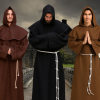

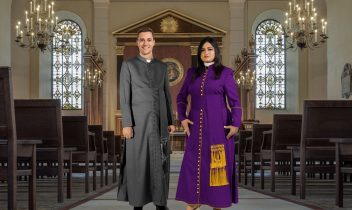
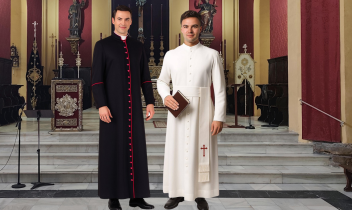
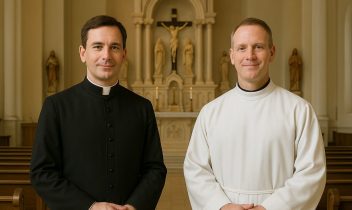
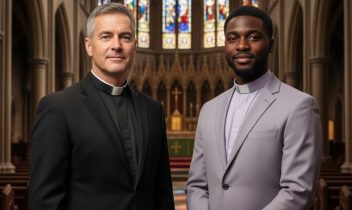
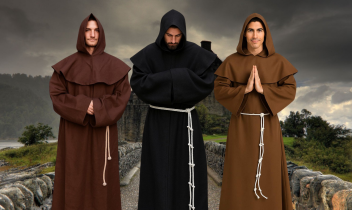
Recent Comments